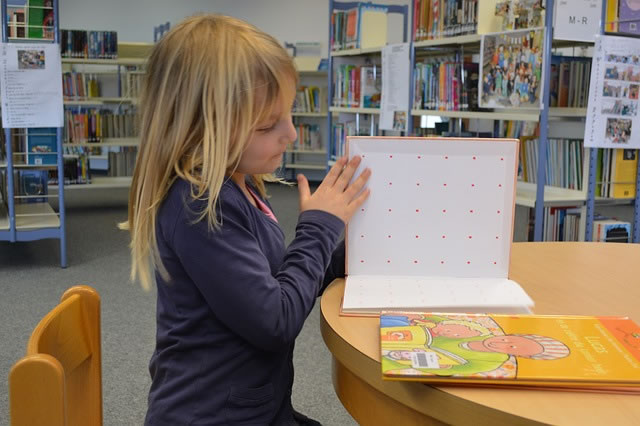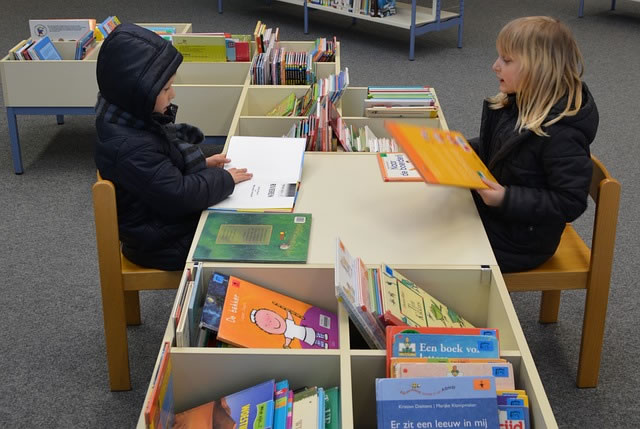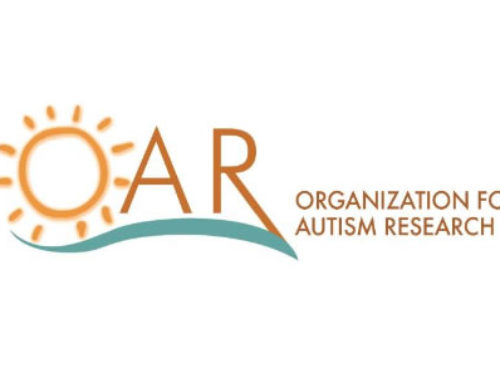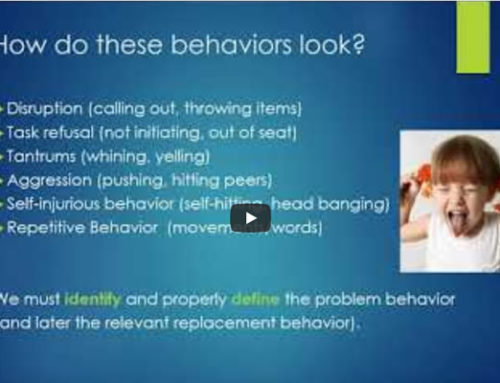Is My Child’s BIP Working?
By: Dr. Jane Barbin, PhD, BCBA-D, LBA
In our recent newsletters, we have explored the meaning and process for conducting a Functional Behavioral Assessment and creating the very best Behavior Intervention Plan for a child with problem behavior. Awareness of the components involved and skill in conducting both of these processes are critically important for educators, parents and clinicians to master. Finally, the monitoring process is just as important (perhaps more important) than the creation of these documents. Often changes need to be made or the plan just does not work for the child. Supervisory staff knowledgeable in the principles of learning and behavior, specifically a Board Certified Behavior Analyst or BCBA should train all change agents directly, including teachers, other staff members, parents, and any related services staff. They should not train those who train others…resulting in a bad game of telephone! Interactive coaching is best with immediate feedback on strengths and weaknesses of implementers, setting goals with each staff and seeking high integrity implementation. An Integrity Checklist, a tool outlining separate components of the plan, can be created to assess each adult’s accuracy “on plan,” with the goal of 90% accuracy for each person, otherwise retraining should occur. Sometimes an outside professional is needed (particularly one credentialed in ABA) to promote success during meetings and in practice, contributing input through observation and review of the data. This can supplement what the team is able or willing to do, building the capacity of student teams.
Thus, the child’s response to the plan must be collected through adequate, yet “do-able” data collection. Data must be analyzed in a systematic way (think graph form) since little can be gathered from leafing through several raw data sheets. The team must understand how to set up an adequate data sheet and graph the data to determine progress. We often find we support this process with school teams, to increase their understanding and use of a best practice approach.
Further, data must also be reviewed routinely (think every 2-3 weeks or sooner), with changes made in response to the data. Are the decisions “data based” for the child’s BIP? For plans to be effective, it is highly likely that regular modifications will need to be made. The team must communicate on a frequent schedule. Consider documenting the present level of performance on the child’s IEP for the agreed upon frequency of behavior review meetings, sharing of data, and visits from any outside professional supporting the family. Investing early in the process, so the stage is set for success is important. To underscore, a family may need to consider using outside professionals who are highly experienced and credentialed (i.e., a BCBA) and also collaborative to move the process forward. We must work together as a team to help the child achieve his or her potential using these best practice tools and methods! Our children deserve no less than this!
We hope you have enjoyed our 3- part series on improving your child’s potential!
Related Articles
Managing Behavior to Improve Your Child’s Potential (Part 1 of Series)
Managing Behavior to Improve Your Child’s Potential (Part 2 of Series)








